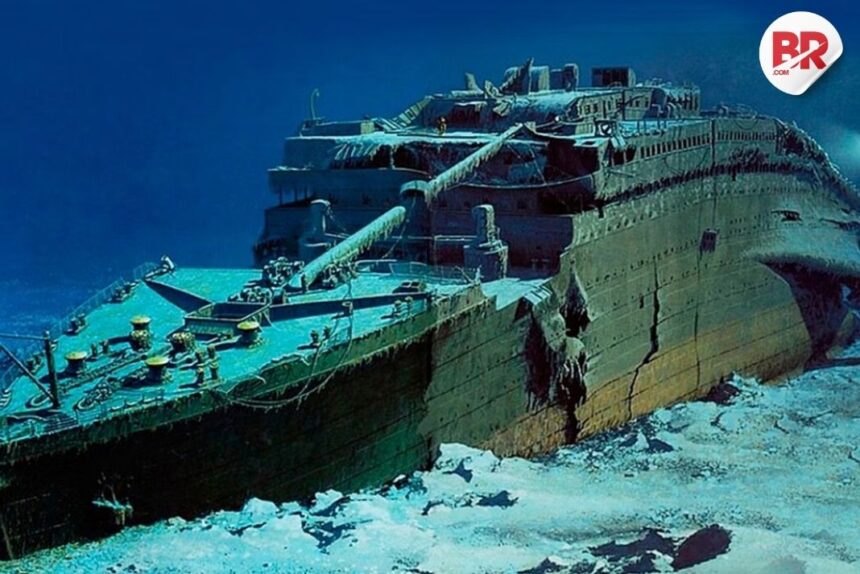In an extraordinary feat of technology, the first-ever 3D scan of the Titanic wreck has uncovered groundbreaking insights into the ship’s final moments before it sank in 1912.
Using underwater robots at a depth of 3,800 meters, experts were able to create a “digital twin” of the Titanic by stitching together over 700,000 images. These new findings offer a clearer picture of the disaster and provide answers to some long-standing mysteries about the ill-fated ship.
The Cause of the Titanic’s Sinking
A key revelation from the Titanic 3D scan came from a computer simulation that investigated the cause of the ship’s sinking. The scan showed that the iceberg did not tear large holes into the Titanic’s hull as previously thought. Instead, the iceberg caused small punctures—each no bigger than a sheet of paper—that gradually flooded the ship. Naval expert Simon Benson pointed out that the difference between the Titanic sinking or not came down to these tiny holes.
Despite the Titanic’s supposed “unsinkable” reputation, these small breaches in the hull led to its tragic downfall.
The Heroic Engineers
Another significant discovery from the scan was the confirmation of the heroic actions of the Titanic’s engineers. The scan showed that these engineers worked relentlessly, even as the ship sank, to keep the lights on. Their efforts allowed lifeboats to be launched, saving many passengers. Tragically, these engineers were among the last to perish, continuing to shovel coal into the furnaces as the ship went down.
The Smash Porthole
A surprising detail found during the scan was a smashed porthole, which likely resulted from the impact with the iceberg. This discovery supports survivor accounts that describe ice flooding cabins after the collision. The porthole, along with other findings, paints a clearer picture of the chaos that unfolded in the hours following the iceberg collision.
A Crime Scene Investigation
Parks Stephenson, a Titanic analyst, likened the 3D scan to a “crime scene investigation.” Just like investigators reconstruct a crime scene, the scan helped experts piece together the Titanic’s final moments. It’s a digital resurrection of sorts, providing a fresh perspective on one of the most tragic maritime disasters in history.
The Titanic’s Rapid Deterioration
While the 3D scan provides valuable new insights, experts warn that the Titanic wreck is deteriorating rapidly. The scan revealed scattered passenger belongings nearby, but it also highlighted the urgent need to preserve the wreck before it disappears entirely. According to experts, the Titanic’s wreck could be gone within the next 40 years due to natural deterioration.
Titanic 3D Scan Documentary
These groundbreaking findings are part of a National Geographic documentary titled Titanic: The Digital Resurrection. This documentary offers a closer look at the 3D scan and the science behind it, making the historic tragedy accessible to a modern audience. Through cutting-edge technology, the wreck of the Titanic is being preserved digitally, allowing future generations to experience the ship as it is today.
The Titanic 3D scan not only gives us a new perspective on the past but also helps ensure that the legacy of this incredible ship will be remembered for years to come. With the wreck’s future uncertain, this digital twin is a crucial step in preserving history.
Also Read: Dire Wolves Are Back After 13,000 Years: Meet Romulus, Remus, and Khaleesi




